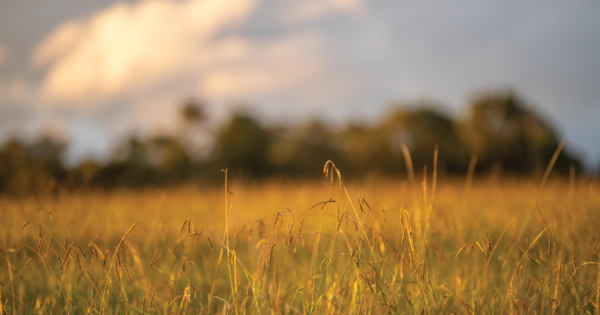FRESH EYES ON THE RANGE
By Anne Stevick

I did not know what to expect when I attended the first “Southern Alberta Grazing School for Women” in 2004, along with 26 other ranch women in Pincher Creek. Often relegated to the silent minority in the usual “StockMAN’s Courses,” ranch women have much to contribute, and they look at things from a different perspective.
The Grazing School was one of the best events I had ever attended for practical range education, and the networking with other like-minded ranchers was fantastic. For 20+ years, this event has been sponsored by Cows and Fish, Multisar, Alberta Conservation Association, Alberta Government, Counties/MDs, and many other affiliates at rural community halls to support the management of grasslands and riparian areas.
These schools have been held in various places, from Shortgrass Prairie to Foothills Fescue.

Like many, I have attended several venues (12, to be exact). Although the core content is similar, each area is unique in its plant species for identification, and different ecosystems provide different grazing capacities and intensities. Range and riparian assessments are the key components of every school, and learning how to do these on your own place is beneficial to your management. Applying the principles of grazing livestock in both areas is key to good range management. Each year, the school provides extra topics such as wildlife/species at risk and ranching, local range research, animal welfare, mental health in agriculture, possible funding sources for enhancement, and weed control, among others.
My favourite part of every school is the “Ranch Women” talk, where local ladies present their perspectives on various topics ranging from succession planning, working with weather, family dynamics to the history of their ranch and unique operations.
Learning from the experience of others is so valuable.
The knowledge of all the female presenters is fantastic. Plant identification is always interesting, unique to the area, and a great tool to indicate the health of your grassland. This topic needs to be reviewed annually and is essential in range health assessments.
This school teaches attendees how to assess their own range and wetland areas at home and then apply solutions to any problem areas. For instance, some of the comments on things that could be incorporated at home: water source development, moving the salt away from water, rotational grazing, proper rest after grazing period (rest for the grass), appropriate stocking rates (AUM calculations [the amount of forage required by one animal unit (AU) for one month], timing of grazing in sensitive areas (e.g. riparian), and the use of electric fencing to divide pastures or protect riparian areas.

After I had attended at least three schools and thought that I knew all the tame and native plants, I decided to do a range health assessment on a tame pasture close to the buildings, as well as a native range assessment on another pasture. What seemed easy at the school became perplexing to me, but a call to Norine Ambrose (Executive Director, Cows & Fish) and a short visit assured me of my methodology and confirmed that I was on the right track. Practice makes perfect!
In my opinion, the school’s success is due to the chemistry of so many like-minded women sharing knowledge and ideas about the livelihood they love. The passion of the instructors and the participants for their way of life is truly inspirational. Sharing ideas is always beneficial and opens the mind to new ways of seeing things.















